Cultural Sips: Traditional Drinks From Around the World
Drinks are an integral part of cultural expression, reflecting the history, geography, and customs of different societies. From refreshing teas to rich spirits, traditional beverages not only quench thirst but also tell stories of community and heritage. Here’s a tour around the globe to explore some of the most iconic traditional drinks and the cultures they come from.
1. Tea (China)
The Essence of Tradition
Tea in China is more than just a beverage; it’s a ritual steeped in history. The traditional Chinese tea ceremony, known as "Gongfu," showcases the artistry of tea preparation. Different regions are renowned for unique types of tea, such as Pu-erh from Yunnan and Longjing (Dragon Well) from Hangzhou. Each cup is savored with mindfulness, emphasizing the connection between nature, tea, and people.
2. Sake (Japan)
The Brew of Rice
Sake, often referred to as rice wine, is a fermented beverage that has been enjoyed in Japan for thousands of years. Its production involves a delicate brewing process that transforms polished rice into a fragrant and flavorful drink. Sake is served warm or chilled and is an essential element in traditional ceremonies and celebrations, symbolizing purity and festivity.
3. Chicha (Peru)
The Drink of the Ancients
Chicha is a traditional fermented beverage made primarily from maize (corn), with roots tracing back to ancient civilizations in the Andes. There are many varieties of chicha, each with distinct flavors and methods of preparation. While chicha morada is a non-alcoholic version made from purple corn, chicha de jora is fermented and sometimes stronger. It is often shared during festivals and communal gatherings.
4. Mate (Argentina)
A Social Ritual
Argentina’s national drink, mate (pronounced "mah-teh"), is prepared by steeping dried yerba mate leaves in hot water. Served in a hollowed gourd and shared among friends using a metal straw (bombilla), mate symbolizes friendship and camaraderie. The preparations and shared enjoyment of mate foster community and connection, making it a key part of Argentine culture.
5. Akvavit (Scandinavia)
The Essence of the North
Akvavit, a traditional Scandinavian spirit, is flavored with various herbs and spices, predominantly caraway and dill. This distinct drink is often enjoyed during festive gatherings, served chilled and typically accompanied by a hearty meal. In countries like Sweden and Denmark, it is customary to toast with akvavit as a celebratory gesture.
6. Lassi (India)
A Refreshing Delight
Lassi is a traditional Indian drink made from yogurt, water, and various flavorings, creating a refreshing beverage perfect for combating the heat. It can be sweet (with fruits like mango) or savory (with spices), serving as a staple in many Indian households. Lassi embodies the idea of hospitality and is often served to guests as a cooling drink.
7. Baijiu (China)
The Spirit of the People
Baijiu, a strong Chinese liquor distilled from grains, is one of the world’s most consumed spirits. With high alcohol content and distinct flavor profiles depending on the base ingredient, it plays a critical role in Chinese dining culture, often used in toasts or celebrations. The complexity of baijiu reflects regional traditions and is best enjoyed in social settings.
8. Tepache (Mexico)
The Flavor of Fermentation
Tepache is a traditional Mexican drink made from fermented pineapple peels and sweeteners like brown sugar or piloncillo, resulting in a slightly tangy and fruity beverage. Often served chilled, tepache embodies the spirit of Mexican street culture and showcases the resourcefulness of using every part of the fruit.
9. Grog (Caribbean)
The Pirate’s Potion
Grog is a popular Caribbean drink originally made by diluting rum with water, often flavored with lime and sugar. Historically associated with sailors and pirates, it represents a blend of cultural influences from colonial times. The drink continues to be celebrated in Caribbean bars and homes alike, embodying the vibrant spirit of the islands.
Conclusion
Each traditional drink tells a unique story about the people who create and consume it. These cultural sips offer glimpses into the values, rituals, and social fabric of societies around the world. Whether enjoyed in a serene tea ceremony in China or shared among friends in Argentina, these drinks are more than mere refreshment; they are vessels of tradition and connection, uniting people across cultures and generations. So next time you’re sipping a beverage, take a moment to appreciate the history and culture that lies within that flavorful cup.
[modern_footnote_source_link]














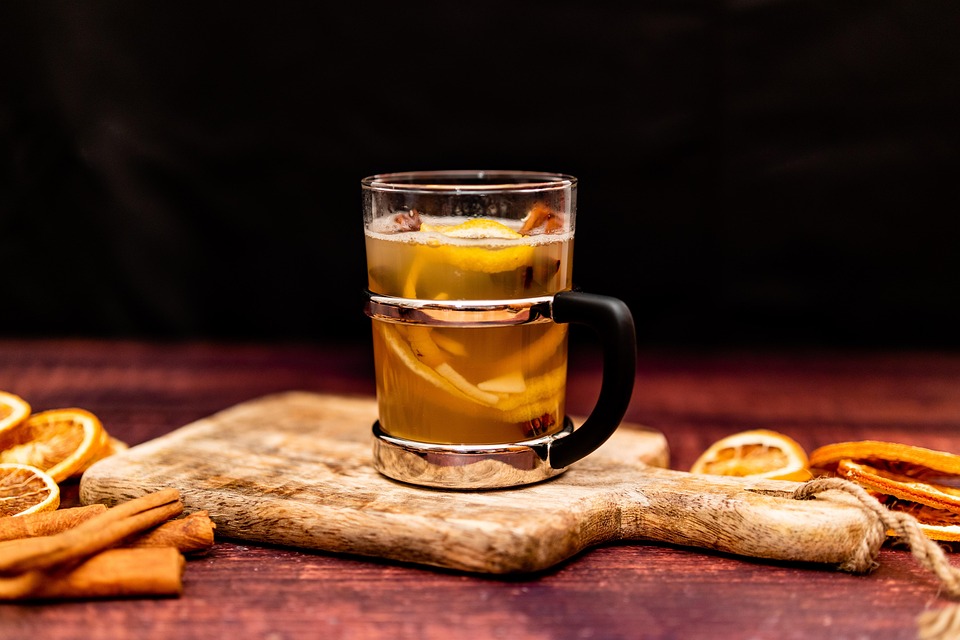

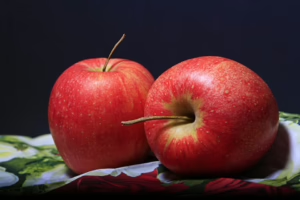
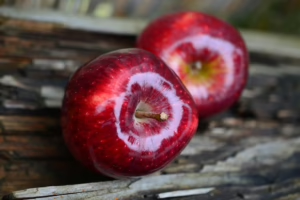
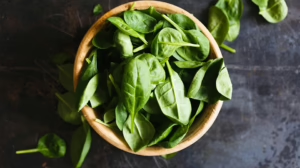
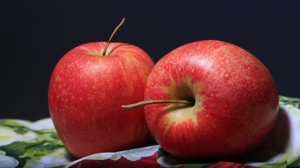
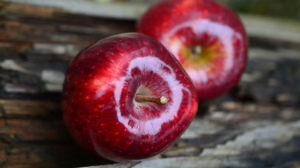




Add Comment